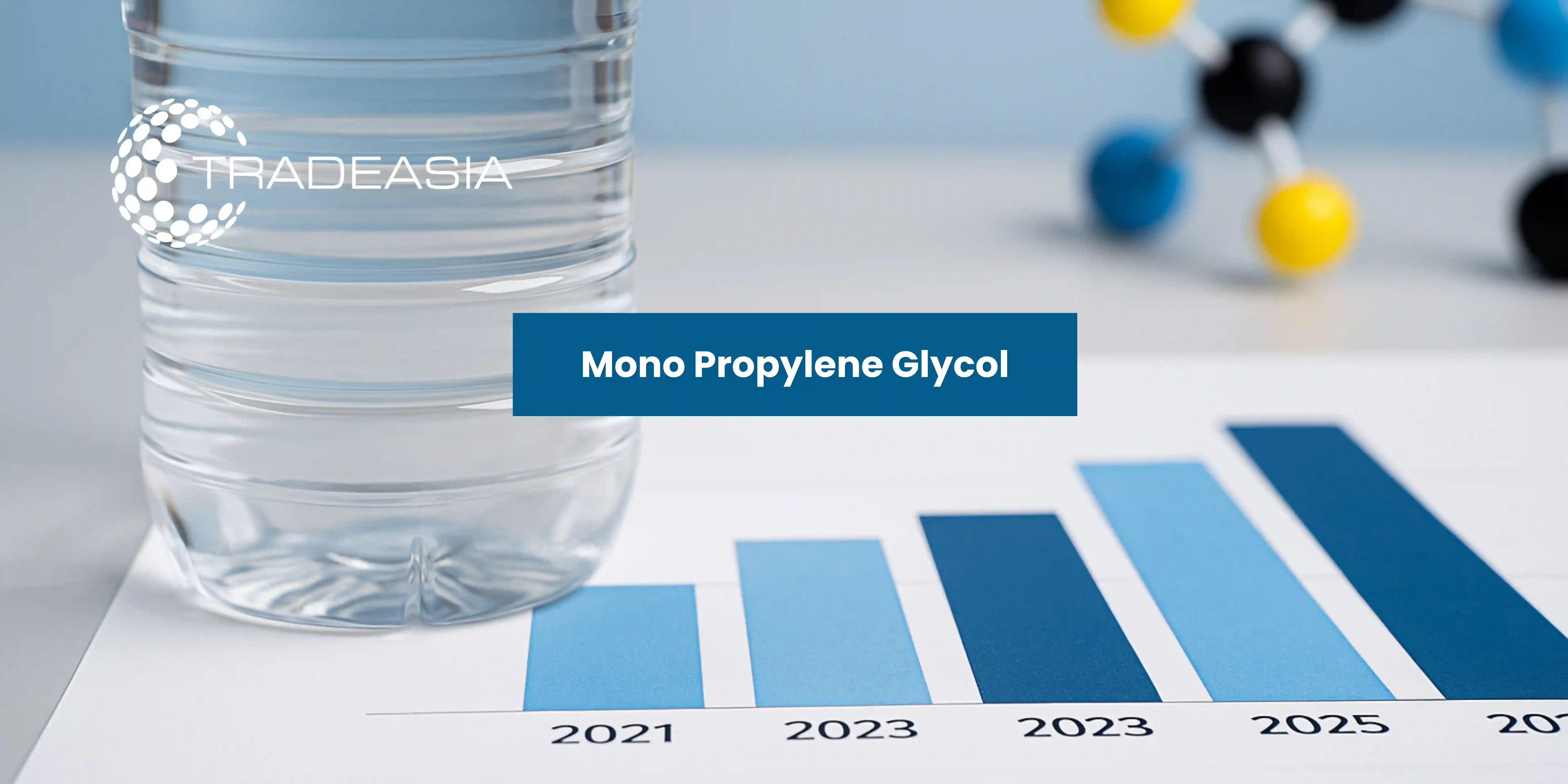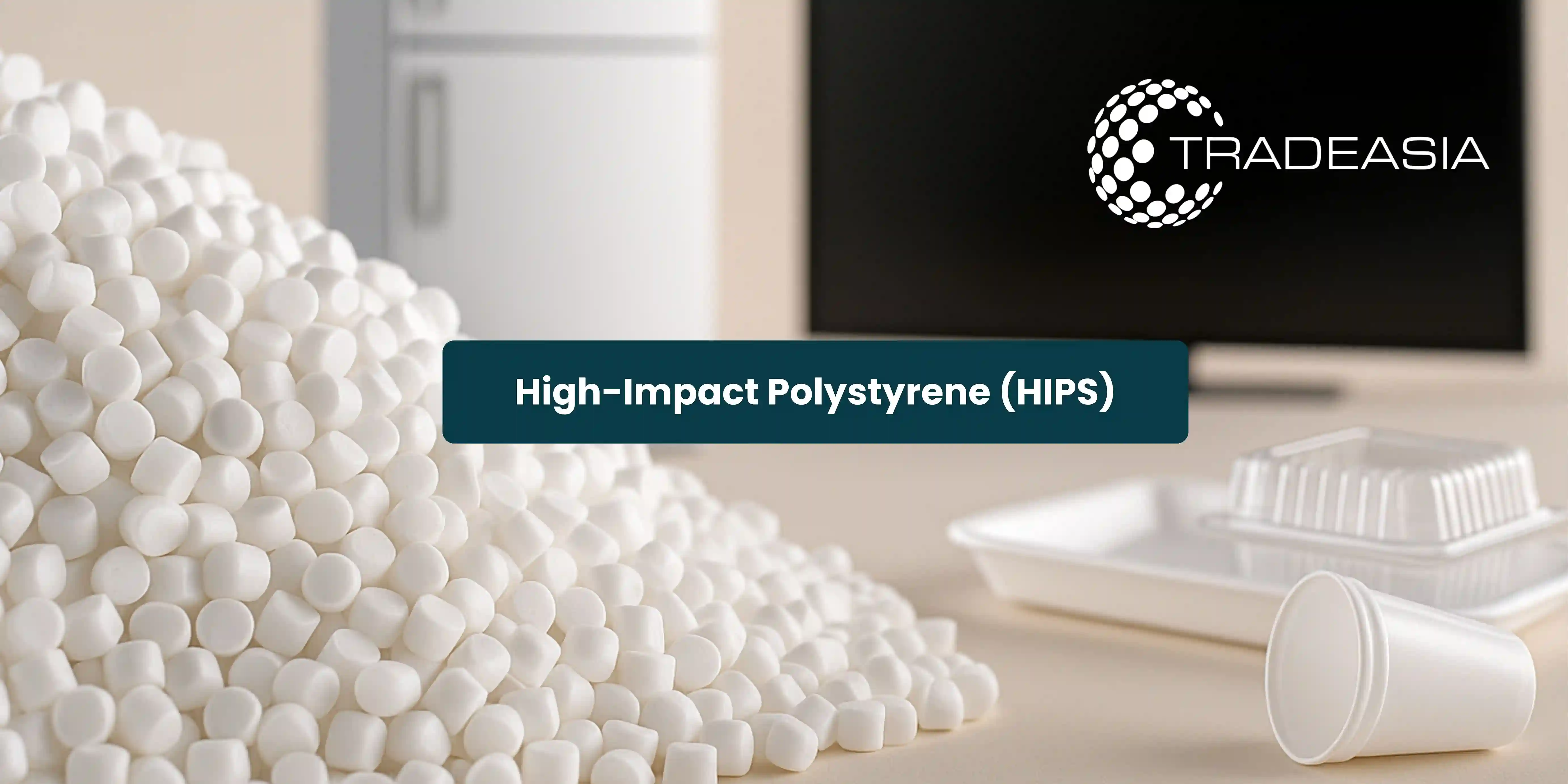Understanding Dioctyl Adipate (DOA) in Plasticizers
Dioctyl Adipate (DOA) is a widely used plasticizer valued for its flexibility, low-temperature resistance, and excellent compatibility with polymers. Classified as an adipate ester, DOA is most commonly applied in polyvinyl chloride (PVC) formulations, helping produce soft, flexible, and durable plastics used in industries ranging from automotive to packaging.
As global industries seek sustainable and high-performance plasticizers, DOA stands out for its balance of mechanical properties and safety. It is less volatile than other traditional plasticizers and offers superior flexibility at low temperatures, making it particularly useful in automotive interiors, cable insulation, and food-contact materials.
Between 2025 and 2033, the global DOA market is expected to grow steadily, driven by demand in flexible PVC applications, regulatory support for safer plasticizers, and expansion in packaging and automotive sectors. This article explores industry trends, applications, and market analysis to understand DOA’s role in shaping the future of plasticizers.
Global Market Trends for DOA Plasticizers
The global demand for DOA is closely tied to the growth of flexible PVC products. According to Grand View Research, the market for DOA is expected to expand at a CAGR of about 4–5% between 2025 and 2033. This reflects increasing applications in consumer goods, automotive, and packaging industries.
One of the main drivers of DOA’s popularity is its excellent low-temperature performance. Unlike other plasticizers, DOA maintains flexibility in extreme cold conditions, making it ideal for wire coatings and outdoor applications. As industries move toward more durable and versatile plasticizers, DOA’s properties align well with future needs.
Additionally, global regulations are shifting toward non-phthalate plasticizers due to environmental and health concerns. DOA, being an adipate ester, serves as a safer alternative to traditional phthalates, further driving its adoption across key industries worldwide.
Applications of DOA in Flexible PVC
DOA is particularly known for its role in flexible PVC manufacturing, where it enhances softness, elasticity, and durability. In packaging, DOA provides the necessary flexibility for films, wraps, and containers used in food and consumer products. Its compatibility with food-contact regulations in many countries ensures that it remains a preferred choice.
In the automotive industry, DOA is used for dashboards, seat covers, and other interior components requiring both flexibility and resistance to temperature fluctuations. This application has gained prominence as vehicle manufacturers prioritize both safety and comfort.
Moreover, DOA is widely applied in cable insulation and coatings due to its excellent electrical properties. It allows cables to withstand extreme environmental conditions without losing mechanical strength, which is essential in sectors like construction and energy.
Regional Market Insights
-
Asia-Pacific
Asia-Pacific leads the global DOA market, driven by rapid growth in manufacturing industries in China, India, and Southeast Asia. The demand for flexible packaging and automotive components continues to surge in these regions, supporting market expansion.
-
Europe
In Europe, regulatory frameworks encouraging phthalate alternatives have boosted the use of adipate-based plasticizers. DOA is especially prominent in medical devices, food packaging, and environmentally safer industrial applications.
-
North America & Middle East
North America maintains stable demand through established packaging and automotive sectors, while the Middle East is increasingly becoming a hub for petrochemical feedstock production. The presence of raw materials supports potential growth in local DOA manufacturing capacities.
Price Trends and Supply Chain Considerations
DOA pricing is influenced by raw material costs, particularly adipic acid and 2-ethylhexanol. Fluctuations in crude oil prices impact the production economics of these feedstocks, creating volatility in the DOA supply chain.
Global supply chain disruptions in recent years highlighted the importance of regional production hubs. Many companies are now diversifying suppliers and localizing production to ensure steady availability. This has also led to investments in Asia-Pacific manufacturing plants, which are expected to dominate global supply by 2030.
Despite challenges, DOA remains a cost-effective choice compared to alternative non-phthalate plasticizers. Its balance of performance and affordability ensures continued competitiveness in price-sensitive markets.
Sustainability and Regulatory Environment
Environmental and health concerns around plasticizers have reshaped the global market. Phthalates, once dominant, face strict restrictions due to toxicity issues. DOA, as a non-phthalate plasticizer, is considered safer and more environmentally acceptable, positioning it favorably in the sustainability-driven market.
Regulations in Europe (such as REACH) and the U.S. have accelerated the adoption of DOA in consumer products, especially those involving food contact and children’s items. Manufacturers continue to shift toward adipates like DOA to meet compliance while maintaining product performance.
Moreover, companies are exploring bio-based feedstocks to produce more sustainable DOA. This innovation could further reduce the environmental footprint of the plasticizer industry, making DOA an attractive option for green markets in the coming decade.
Competitive Landscape
The DOA market is moderately consolidated, with major players such as BASF, Eastman Chemical Company, LG Chem, ExxonMobil, and UPC Technology leading global supply. These companies benefit from integrated petrochemical operations and established supply chains.
Competition is intensifying with regional manufacturers entering the market, particularly in Asia-Pacific. Smaller companies are focusing on specialized applications such as medical-grade and food-contact DOA products, capturing niche segments. Strategic alliances, mergers, and acquisitions continue to shape the industry. Investments in sustainability and regional production are likely to define competitive advantages in the DOA market over the next decade.
Market Outlook 2025 - 2033
Between 2025 and 2033, the DOA market is projected to experience steady demand growth across key applications. Packaging and automotive sectors will remain primary drivers, while opportunities in renewable energy, construction, and healthcare will add new dimensions.
Asia-Pacific will continue as the largest consumer and producer of DOA, while Europe and North America will emphasize sustainable and regulatory-compliant products. Emerging economies in Latin America and Africa will also contribute to demand, supported by rising industrialization.
Overall, DOA’s role as a reliable, flexible, and safer plasticizer will strengthen its global position. Innovations in bio-based production and eco-friendly applications are expected to enhance its long-term relevance in the plasticizer market.
Innovations in DOA Production Technology
Technological advancements in chemical synthesis are reshaping how plasticizers like DOA are produced. Traditional DOA relies heavily on petrochemical feedstocks such as adipic acid and 2-ethylhexanol, which expose producers to fluctuations in oil prices. However, the industry is witnessing increased investment in catalytic efficiency improvements and alternative feedstocks to reduce dependence on petroleum.
One promising area of innovation is the development of bio-based adipic acid, derived from renewable biomass instead of crude oil. If scaled successfully, this could significantly reduce the carbon footprint of DOA production. Additionally, research into enzymatic and fermentation-based synthesis methods may make DOA more environmentally sustainable, meeting future regulatory demands.
Beyond feedstocks, production efficiency is also improving through process optimization and energy recovery systems. These innovations not only lower costs but also help producers align with international climate targets. By integrating technology into DOA production, manufacturers can achieve competitive advantages in both cost and sustainability.
Emerging Applications Beyond PVC
While flexible PVC remains the largest application area for DOA, emerging sectors are beginning to adopt it for specialized purposes. In the renewable energy sector, DOA is being tested as a plasticizer for encapsulation films in solar panels, where flexibility and long-term durability are critical.
Another promising area is medical and healthcare applications. Due to its non-phthalate nature, DOA is used in medical tubing, blood bags, and food-contact films, where regulatory compliance and safety are crucial. These applications represent high-value markets that could boost DOA demand over the next decade.
The agricultural sector is also exploring DOA-based films and coatings for greenhouses and packaging. With global food demand rising, these innovations could create new growth avenues. Diversification into these applications reduces reliance on traditional PVC products and secures DOA’s long-term relevance.
Conclusion
Dioctyl Adipate (DOA) has evolved beyond being a niche plasticizer to become a strategic material in global industries. From flexible PVC packaging and automotive interiors to healthcare, renewable energy, and agriculture, its versatility ensures steady demand across sectors.
The outlook for 2025–2033 highlights consistent growth driven by regulatory support, consumer preference for safer plastics, and expanding industrial applications. New technologies in bio-based and energy-efficient production will further strengthen DOA’s position as industries transition toward sustainability.
Emerging markets and innovative applications will ensure that DOA remains a cornerstone of the plasticizer industry. For investors, manufacturers, and suppliers, DOA offers a balanced portfolio of performance, safety, and future readiness, making it one of the most resilient plasticizers for the coming decade. To explore sourcing opportunities and flexible plasticizer solutions in Dioctyl Adipate (DOA), please contact us
References


Leave a Comment